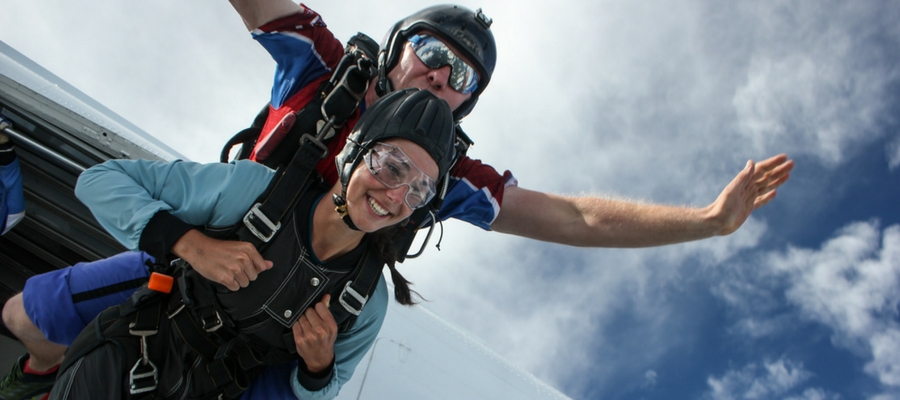

It's not worth the time to calculate in detail. I have me knock off a couple seconds.but I don't recall exactly how high I pulled.") I pulled a little higher than usual because it was a long spot. first half was sitfly, and then it was flatfly.let's split the difference.that gives X seconds. What point that is, will depend on the gadget, the setting (eg, more sensitive for wingsuits), and the speed profile of your canopy opening.ĭoing it without electronics was a massive guess or extreme pain in the ass if you tried to calculate accurately. With electronic gadgets now, one just accepts whatever number they tell you - to some point later in the opening when a large decrease in speed is apparent. (In the US, the USPA may refer to pack opening altitude, a little after you actually start pulling, but people think of the altitude they pulled at.) Traditionally the convention was time from exit to pull.

is here to help you experience the thrill and experience of freefalling from 15,000ft (4600m). So, what is the right way to log freefall time? From exit to wave-off? From exit to container opening? From exit to open canopy? Jump with the experts for your first time tandem skydive.
#Skydiving freefall time verification
It is good to have something in your heard other than the piece of technology to tell you what is going on, and to have verification of what the 'little beepy device' is telling you. I still use these numbers and I still teach them to (most of) my students. So a 20 second delay opening at 3500' would take 6500' altitude and that is what you would ask the Cessna pilot to give you. A typical skydive lasts five to six minutes, with approximately 50 seconds of that spent in freefall and four to five minutes on the. So as a student, who has to do a 20 second delay, opening at 3500', you would take the 12 seconds-to-termial out of the 20 total seconds, leaving 8 seconds the old student days had us doing a lot of shorter delays for progression, like 10's, 15, 20's, etc. If you jump at higher elevations and/or high altitudes, you would do an adjustment for about 10% of the freefall time. This is twice the average freefall time of.
#Skydiving freefall time full
So if you jump from 13500', and you open at 2500', then you fell 11,000'.Īdd the 12 seconds to reach terminal and you get 66 total seconds. How long is the freefall in a HALO jump Halojumpers can expect to experience more than two full minutes of freefall. It takes 1483 feet to reach terminal of 120MPH, which takes 12 seconds. The timing of your jump will depend on your arrival time, the. In Canada a long long time ago, we were taught some numbers and had to manually calculate freefall times. After completing paperwork and a 20-minute ground training session, your jump will be scheduled.


 0 kommentar(er)
0 kommentar(er)
